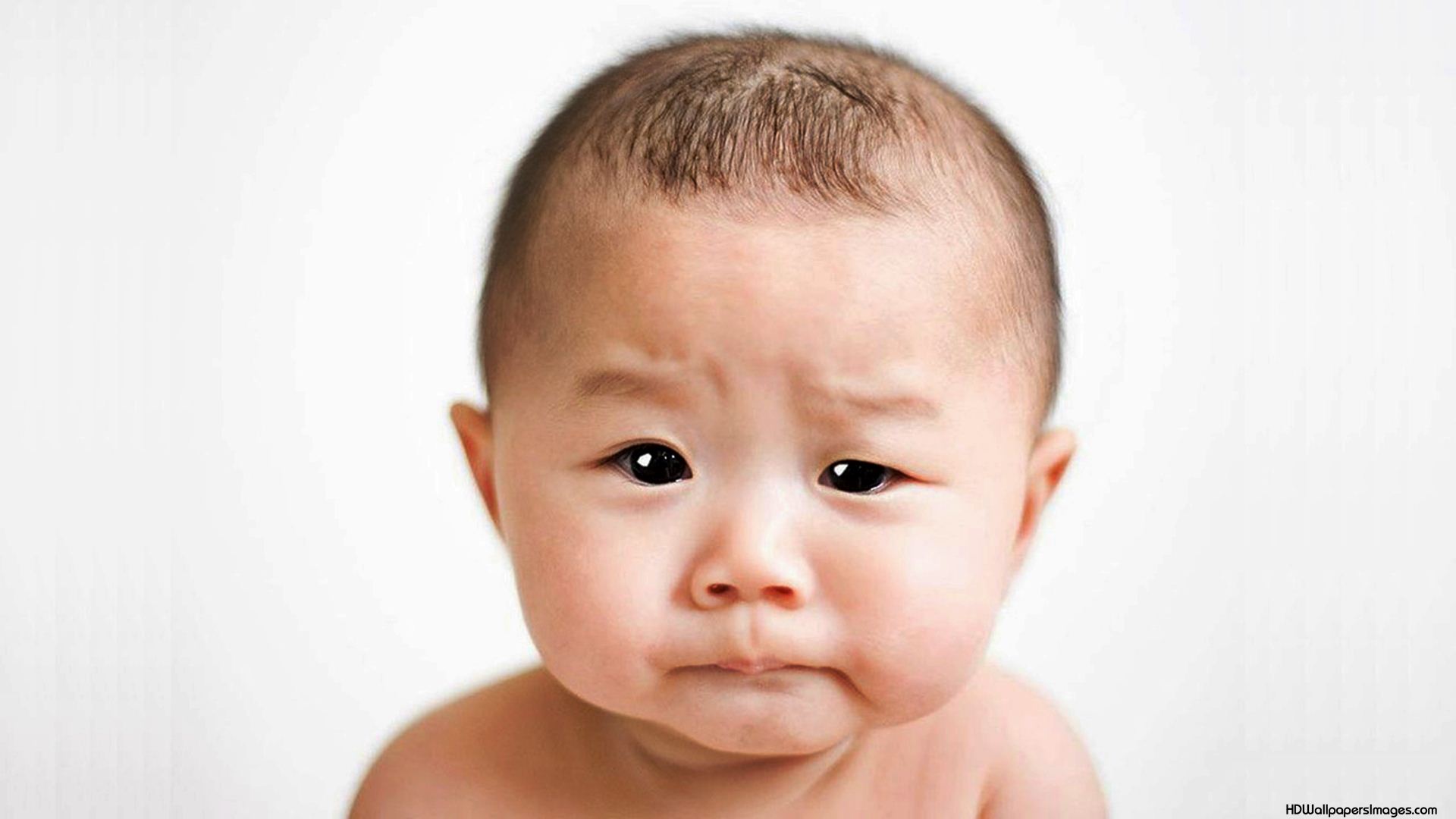The End of the One-Child Policy: What Has Changed and What Does it Really Mean?
In 1979, the Chinese government imposed the one-child policy to curb rapid population growth, and, as stated by Deng Xiaoping, to ensure that "the fruits of economic growth are not devoured by population growth." With China's population aging quickly coupled with the concern that pensions might become tight as the country grays, the Party has announced the end of the controversial policy, announcing that all couples in China will be allowed to have two children.
China's labor force has expanded but the percentage of its population over 65 is growing quicker, currently sitting at 10 percent, but it is predicted to be 15 percent by 2027, and 20 percent in 2035.
In reality, the discontinuation of the one-child policy is not as big a deal as it might seem. In 2013, the law was changed to allow families to have two children if at least one parent was an only child. Previous exceptions to the rule also included those from ethnic minorities, rural families whose first child was a girl, and more. Many parents at the time indicated that they believed having more than one child was too expensive anyway.
In fact, contrary to demographers' expectations, only 12 percent of those eligible for a second child under the 2013 policy applied to have a second child, or 1.45 million couples.
An important goal with the eradication of the one-child policy is to increase China's labor supply. However, in reality, many fear it may be too late and that the decision to loosen the law may not lead to a baby boom as hoped. Some estimates indicate a gradual increase towards two children per mother, with a peak in 2030, and a population of 1.369 billion in total by the year 2050. Others estimate population size in 2050 at 1.429 billion, compared to 1.346 billion if the one-child policy were to continue.
Of course only time will tell how much the population will increase, as demographic changes will not occur immediately and will only be felt in the long term. Either way, the relaxation of the restriction has yet to be written into law: the policy change must first pass through the central government, and then be introduced by provincial-level governments. This process is likely to take months.
More stories by this author here.
Email: margauxschreurs@truerun.com
Instagram: s.xuagram
Photo: imagegator.net







